As a parent, you may have heard about myopia or “nearsightedness” and its impact on your child’s vision. Myopia is a common refractive error where distant objects appear blurry while close objects remain clear. It’s crucial to understand that myopia can progress over time, potentially leading to more severe vision problems if left unmanaged. Fortunately, effective treatments are available to control myopia progression, known as Myopia Control Treatment.
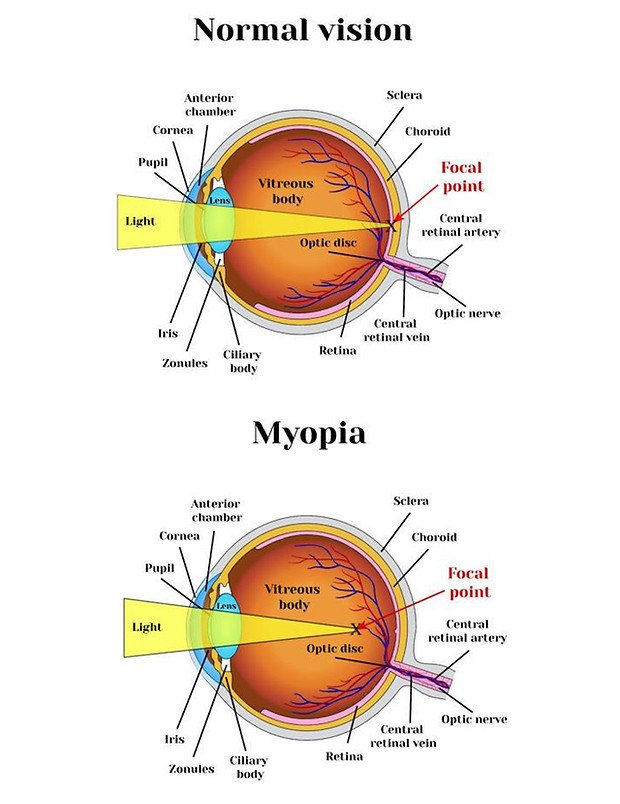
Imagine your child’s eye as a camera. In a normal eye, light rays focus precisely on the retina, located at the back of the eye, creating a clear image. However, in a myopic eye, the eyeball is slightly elongated, or the cornea (the clear front surface of the eye) is too curved. This causes light rays to focus in front of the retina instead of directly on it, resulting in blurry distance vision.
Myopia typically develops during childhood, often between the ages of 6 and 12, and tends to worsen gradually as the child grows. Factors such as genetics, prolonged near work (such as reading or screen time), and limited outdoor activities can contribute to its progression.
Untreated myopia can lead to serious eye health issues with increased risk, including:
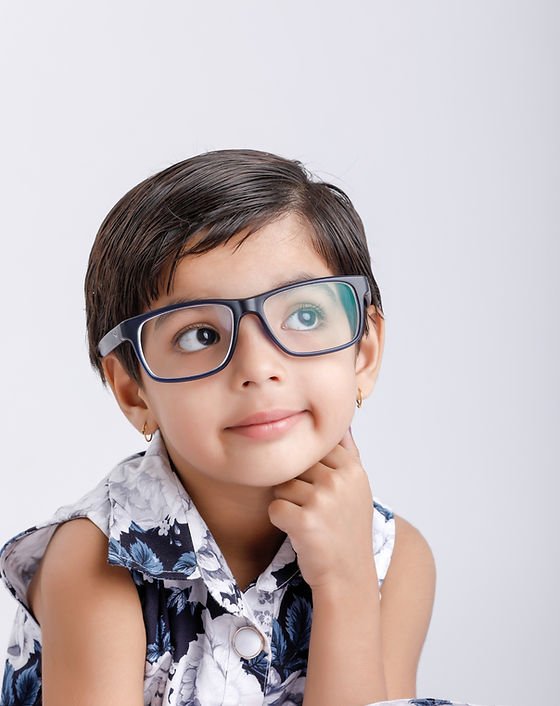
Seeking early treatment and myopia control measures can help prevent these complications and ensure your child’s eye health.
Research indicates that myopia is becoming increasingly prevalent worldwide, with studies showing that up to 30% of the global population is affected by myopia, and this number is expected to rise to 50% by 2050 if left unaddressed.
Fortunately, we offer several effective methods to slow down or control myopia progression in children:
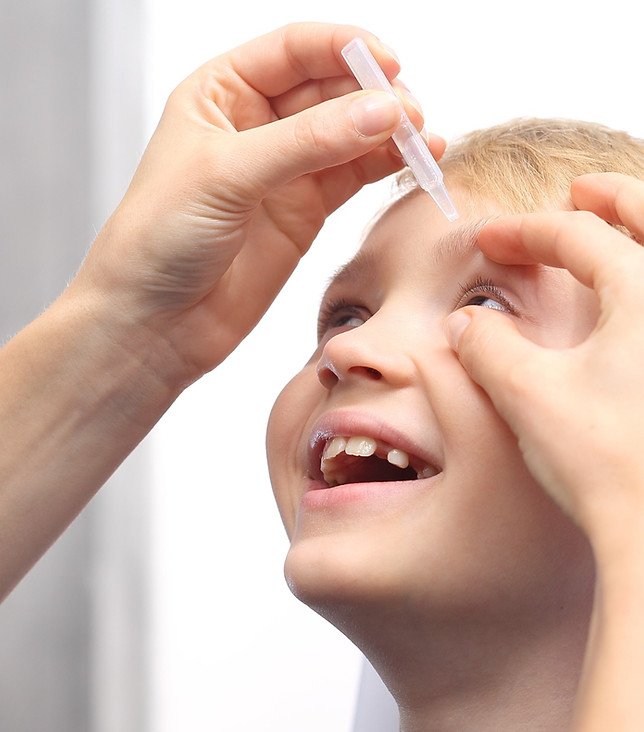
Atropine eye drops help slow the progression of myopia (near-sightedness) by relaxing the focusing muscles in the eye and reducing excessive eye elongation over time, which is a significant risk factor to sight threatening conditions later in life. Key studies show that low-dose atropine affects chemical signaling in the eye, slowing the growth of the eyeball and reducing the rate at which myopia worsens over time.

Soft myopia control contact lenses are specially designed to slow the progression of nearsightedness by managing how light enters the eye. These lenses use a dual-focus or multifocal design, which creates different zones of focus on the retina. The central part of the lens provides clear distance vision, while the outer zones introduce controlled peripheral blur. This peripheral defocus signals the eye to slow its elongation, which is the primary cause of myopia progression. Landmark studies have shown that wearing these lenses consistently can significantly reduce the rate of myopia progression in children.
Beyond treatment options, there are also preventive measures parents can take to help reduce the risk of myopia development and progression:


By incorporating these preventive measures into your child’s daily routine and discussing myopia control options with your eye care professional, you can actively support your child’s eye health and well-being, helping to ensure clear vision for years to come.
As a parent, being proactive about managing your child’s myopia is crucial for their long-term eye health and overall well-being. By understanding the importance of myopia control and exploring suitable treatment options with us, you can help safeguard your child’s vision and ensure a bright and clear future. Book an appointment with us today.


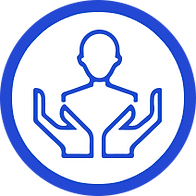

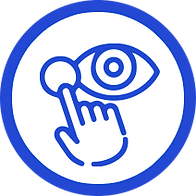
Copyright Vision Plus of Mount Lake 2025